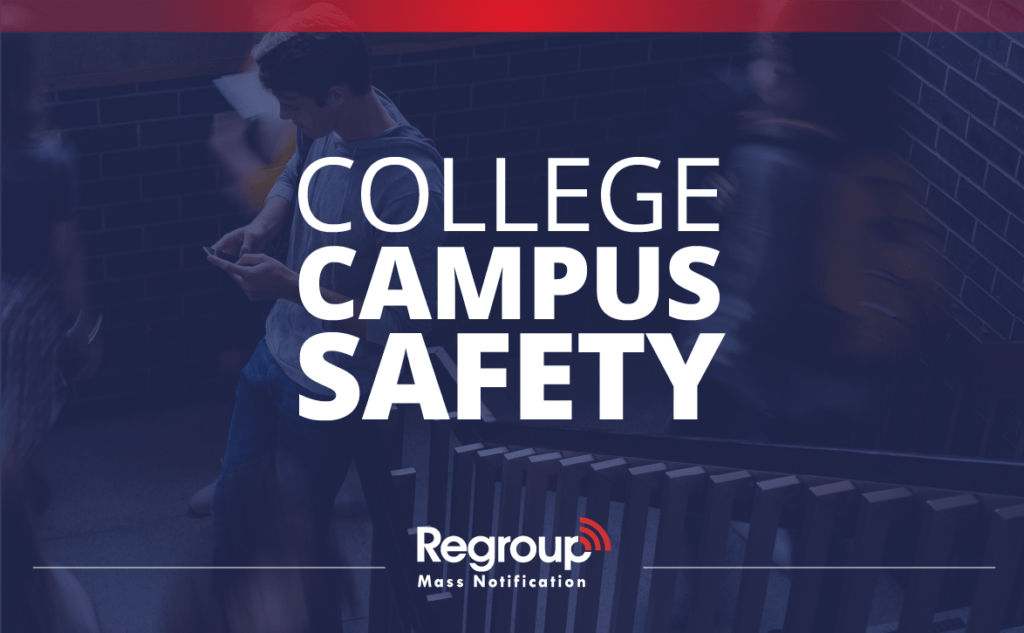
College Campus Safety
Why are Campus Safety Measures Important?
Education professionals want their students to learn and grow in a safe environment. However, college campuses can often be plagued by dangerous situations and violence. According to the National Center for Education Statistics:
- 27,300 on-campus crimes were committed in 2019, which included:
- 11,800 forcible sex offenses
- 9,000 burglaries
- 3,100 auto thefts
- 2,200 aggravated assaults
In addition, university administrators and security staff must meet federal and state laws requiring certain safety measures and reporting from each institution.
Assessing and Maintaining Campus Security
Making campuses safer is a top priority for colleges and universities across the country and is a continually evolving practice. While new measures may be periodically enacted to address past events in their outcomes, there remains a need for each campus to look inward at its own security practices questions need to be asked, such as:
- Is the university in compliance with safety regulations?
- Can more be done to promote safety and security throughout the student body?
- What additional measures can be taken to bolster security in and around campus?
Although college staff and administrators maintain a high level of safety, and tremendous care goes into ensuring the safety of all facilities, staff and students, problems can occur in virtually every large community — campuses included — that endanger individuals, property and other assets. There is simply no reliable way to anticipate every potentially dangerous scenario in these environments. This creates safety challenges for administrators and security professionals on campus.
Download the Campus Safety Guide
In this downloadable Campus Safety Guide, Regroup explores the barriers to a safe campus and how universities can address and improve them. Our goal is to promote a safe learning environment for all students and to foster open dialogue about safety for students, faculty and staff.
This guide covers topics including:
- The Clery Act, that mandates that universities provide timely warnings and emergency notifications to students and staff.
- Inherent obstacles such as the number of students that need to be tracked, keeping campuses open to a learning environment and at the same time secure for safety reasons, existing campus structures and systems that may be outdated.
- Improving visitor management systems
- Addressing outdated surveillance and communication technologies
- Assessing dangerous scenarios heightens the risk for campus incidents such as drug and alcohol abuse, sporting events and individuals walking through campus alone.
If you are involved in a university or college safety, download this free Campus Safety Guide to learn more about examining your current safety practices and utilizing best practices and technologies to keep your campus safe.
Ready to see more? You can schedule a no-obligation demo of Regroup’s powerful notification system here. |
Table of Contents
Categories
- Business
- Transportation
- Small Business
- Manufacturing
- Banking Finance
- Disaster Recovery
- Employee Safety
- Routine Communications
- Mass Notification
- Critical Event Management
- Emergency Preparedness
- Corporate
- Insurance
- Business Continuity
- Business Case Studies
- Education
- Regroup Product Guides
- Nonprofit
- Healthcare
- Hospitality
- Government & Public Services
- Our Clients
- Awards
- Blog
- COVID-19
- Safety & Preparedness
- News
- Announcements